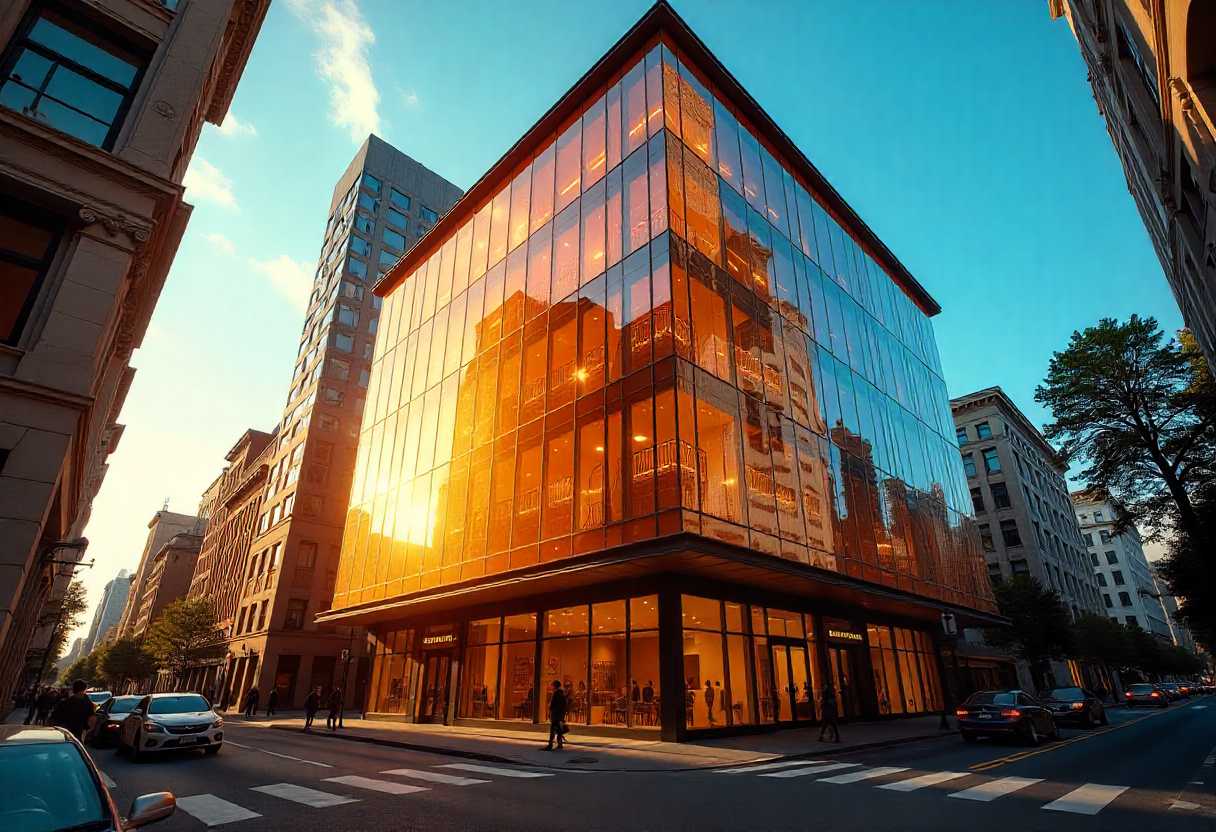What is TM52 Assessment and How It Works?
In this blog, we’ll break down exactly what TM52 is, how it works, and why it’s essential for the buildings we live, work, and learn in.

When you think of overheating, your mind might jump to homes. But what about offices, schools, or libraries? As our summers grow hotter, non-domestic buildings are under pressure to stay cool without relying on expensive, unsustainable air-conditioning.
That’s where the TM52 Assessment comes in. It’s a smart, science-backed way to check if a building will stay comfortable during summer and what to do if it won’t.
In this blog, we’ll break down exactly what TM52 is, how it works, and why it’s essential for the buildings we live, work, and learn in.
What is a TM52 Assessment?
A TM52 Assessment is a method used to evaluate overheating risk in non-domestic buildings like offices, schools, hospitals, or care homes.
Created by CIBSE (Chartered Institution of Building Services Engineers), the TM52 guide helps building designers, developers, and engineers understand how likely a building is to overheat in warmer months. It’s part of a wider push to build spaces that are safe, sustainable, and future-ready.
While TM59 is used for residential buildings, TM52 is for workspaces and other places we occupy during the day.
Did you know?
By 2050, the UK could see a doubling of overheating risk in buildings due to climate change. That’s why it’s more important than ever to design smartly.
Why does TM52 matter?
Overheating doesn’t just make people sweaty and uncomfortable. It can:
- Reduce productivity at work
- Affect learning in schools
- Create serious health risks in vulnerable buildings like hospitals
- Lead to planning rejections or BREEAM penalties
A TM52 Assessment proactively identifies thermal issues, helping you fix them before construction or during a retrofit.
Benefits of TM52 include:
- Compliance with planning authorities
- Lower energy bills from reduced cooling demand
- Better indoor comfort and air quality
- Supports sustainability targets like BREEAM or WELL
How does TM52 work?
TM52 measures a building’s thermal comfort performance using dynamic thermal modelling. This simulates how indoor temperatures behave during hot weather.
The method tests three criteria:
1. Hours of Exceedance
Your building should not exceed Tmax + 1°C for more than 3% of occupied hours.
2. Daily Weighted Exceedance
This limits how long and how often the space goes above comfort levels.
3. Upper Limit
A hard cap. Indoor temperatures must never exceed Tmax + 4°C.
If your design fails two or more, it doesn’t pass TM52.
Real example:
A city office with west-facing glass walls ran simulations and failed criteria 1 and 2. We suggested solar-control glazing and improved night-time ventilation bringing the project into compliance.
TM52 vs TM59: What’s the difference?
Criteria TM52 (Non-Domestic) TM59 (Domestic)
Building type Offices, schools Homes, flats, BTR
Temperature rules 3 flexible limits 2 fixed thresholds
Occupancy Daytime use 24/7 residential
Method Dynamic modelling Dynamic modelling
How we deliver TM52 at Gradwell Group?
We make TM52 simple. Our team offers nationwide TM52 Overheating Assessments to support planning applications, BREEAM submissions, and retrofit projects.
Here’s how we work:
- We consult with you to understand the project scope
- We model your building using the latest software and CIBSE data
- We analyse thermal comfort using all 3 TM52 criteria
- We report clearly, showing what passes and what needs fixing
- We advise on mitigation like ventilation, shading, insulation, and glazing
You can also combine TM52 with SAP Calculations, Part O Compliance, and more all in one place.
What happens if your design fails TM52?
Don’t panic. Most failures can be solved with clever design updates like:
- Adding solar shading or brise soleil
- Increasing natural ventilation
- Switching to low-gain glazing
- Improving insulation or thermal mass
- Repositioning high-heat equipment
Our goal is to minimise design changes while achieving compliance.
TM52 Assessment FAQ’s
Q1. Is TM52 a legal requirement?
No. but it’s often requested by planning officers, especially in London and cities adopting climate-resilient policies.
Q2. How long does a TM52 Assessment take?
Typically 5 to 10 working days, depending on the size and complexity of the building.
Q3. What information do I need to provide?
You’ll need floor plans, elevation drawings, glazing specs, insulation values, occupancy hours, and mechanical system details.
Q4. Can you combine TM52 with other assessments?
Yes. We offer bundled services that include TM59, SAP, EPCs, and Part O compliance.
Q5. Do you provide mitigation advice if my design fails?
Absolutely. We’ll offer practical and cost-effective solutions to help you pass.
Final Thoughts
TM52 Assessments are no longer optional they’re essential for future-proofing non-domestic buildings against climate-driven overheating. Whether you're working on a school, an office block, or a healthcare facility, TM52 helps you get it right the first time. At Gradwell Group, we deliver detailed assessments, expert guidance, and real solutions that keep your project on track. Ready to protect your building from overheating? Get in touch with us today or learn more about our TM52 Overheating Assessment service.
.svg)









